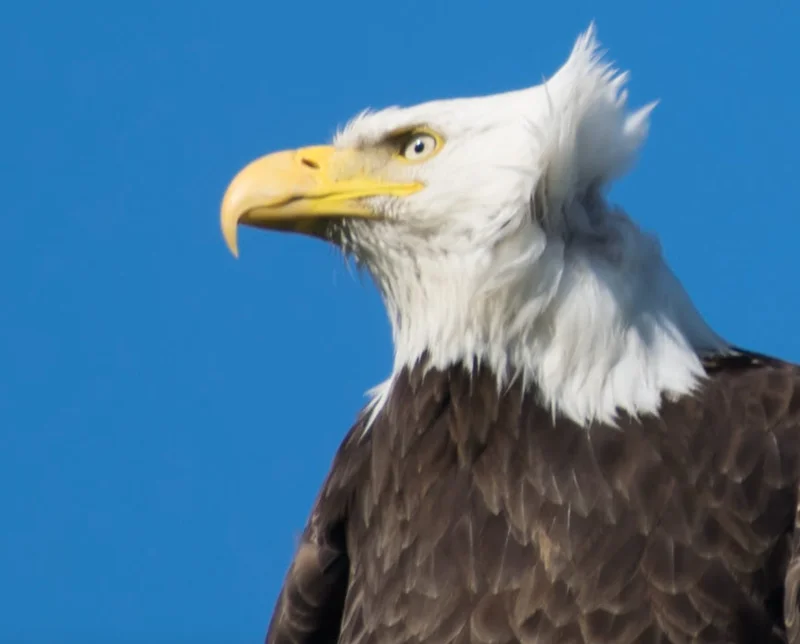Tracking Wealth Through the AI Lens
Tracking Wealth Through the AI Lens
Alaskans are set to receive $1,000 this year from the Permanent Fund Dividend (PFD). Funded by the state's natural resource earnings, it's essentially a bonus for residency. While welcome, a deeper look reveals a system facing serious challenges. The PFD, once calculated by a specific formula tied to the fund's market performance, has been subject to legislative adjustments, largely due to "affordability concerns".
This year's $1,000 payout is one of the lowest in the last two decades. Had the original formula been followed, residents would have received around $3,800, according to the AP. That's a 74% difference. It raises a critical question: is the PFD still fulfilling its original purpose, or is it slowly becoming a symbolic gesture? The official line is that this dividend money is used responsibly: college funds, savings accounts, charitable donations. Some even rely on it for necessities, like heating oil. But how many Alaskans actually rely on this payment to that extent, and how much of it goes toward the purchase of, say, a new snowmachine?
State projections paint a concerning picture. Without significant changes, Alaska could face a $12 billion deficit by 2035. Senator Jesse Kiehl has been vocal about the unsustainable nature of the current system, pointing to dwindling oil revenues and rising costs. The Governor proposed a $3,900 PFD for 2026, but that figure seems detached from the current fiscal reality. Last year’s payment was already slashed to $1,000 – the lowest, inflation-adjusted, in the program's history.
The Alaska Permanent Fund was created in 1976 to convert oil wealth into a lasting legacy. Since 1982, the PFD has distributed a portion of the fund's earnings to residents. However, in 2017, the Alaska Supreme Court allowed lawmakers to tap into the fund's earnings for government operations. A year later, withdrawals were capped at 5% of the fund's average value – a move aimed at protecting the fund's long-term health. But with oil prices dropping from a projected $68 to $63 per barrel, the numbers just don't add up.

I've looked at hundreds of state budget reports, and Alaska's situation is particularly precarious. The state is caught between honoring a long-standing tradition and facing a looming fiscal crisis. The debate over revising the PFD formula is intensifying, but finding a solution that satisfies both lawmakers and residents will be a challenge. What happens when a state's identity is so intertwined with a specific monetary distribution?
The PFD is more than just a check; it's woven into the state's identity. It helps families cover heating bills, supports small businesses, and provides a buffer against economic hardship. Reducing the PFD could be seen as a regressive tax, disproportionately affecting vulnerable populations. On the other hand, without changes, the entire fund – and the services it supports – could be at risk. This forces a difficult conversation: how does Alaska balance its legacy of shared prosperity with the very real limits of its budget?
The eligibility criteria for the PFD are straightforward: residency for the entire preceding calendar year, intent to remain an Alaska resident indefinitely, and physical presence in the state for at least 72 consecutive hours during the year. But even these seemingly simple requirements raise questions. How does the state truly assess "intent to remain"?
The PFD is facing a crossroads. The combination of declining oil revenues, an unsustainable dividend formula, and political pressures creates a perfect storm of uncertainty. This $1,000 payout, while welcome, masks a deeper problem: Alaska needs to rethink its fiscal strategy before the Permanent Fund becomes a permanent liability.